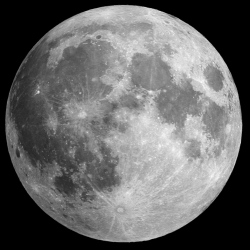
In the late 1960s, NASA sent a series of unmanned Surveyor spacecrafts to the Moon and encountered a mystery: Viewed from certain angles before sunrise, part of the Moon’s horizon seems to glow. Why’s this weird? Because with the moon having barely any atmosphere, there’s seemingly nothing that could be doing the glowing.
Later, during the Apollo missions, Moon-walking and orbiting astronauts also reported the same inexplicable phenomenon. They took notes and snapped photos. And before the three members of Apollo 17, the last men to walk the Moon, left for Earth, they even sketched the glow, trying to make sense of the mystery.
Today, a team of astrophysicists led by Mihály Horányi at the University of Colorado, Boulder, has come as close as we’ve ever been to explaining the mysterious phenomenon. Thanks to the the recently launched lunar orbiter LADEE (Lunar Atmosphere and Dust Environment Explorer) the team has discovered that an a incredibly thin but ever-present cloud of dust that hangs over part of the Moon.
It’s the first lunar dust cloud ever discovered. Horányi’s discovery lends credence to our best theory explaining the lunar glow: that it’s caused by sunlight energizing small flakes of floating Moon-dust.
